Home>Gardening & Outdoor>Landscaping Ideas>Why Is My Grass Going To Seed
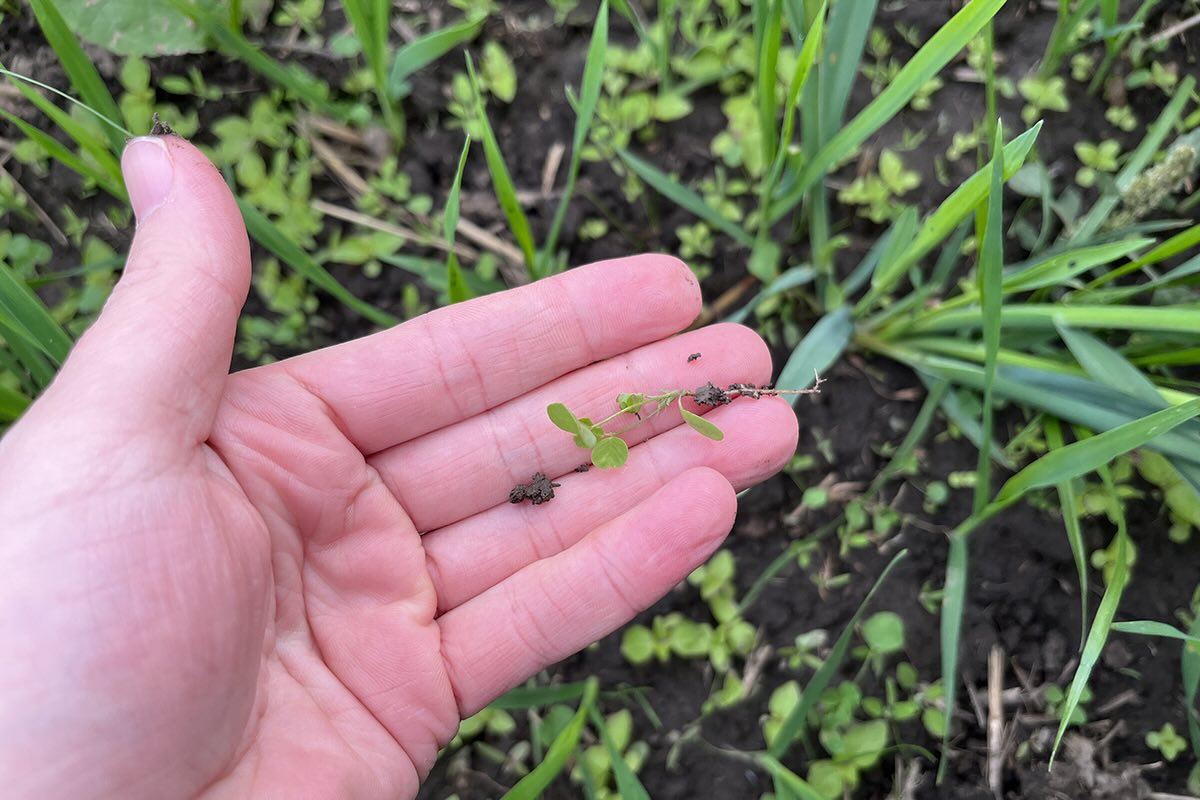

Landscaping Ideas
Why Is My Grass Going To Seed
Modified: February 18, 2024
Discover effective landscaping ideas to prevent your grass from going to seed. Learn how to maintain a lush, green lawn with expert tips and strategies.
(Many of the links in this article redirect to a specific reviewed product. Your purchase of these products through affiliate links helps to generate commission for Storables.com, at no extra cost. Learn more)
Introduction
Grass is a quintessential element of lush, vibrant lawns, offering a verdant backdrop for outdoor activities and a refreshing aesthetic appeal. However, as a homeowner or landscaping enthusiast, you may have noticed your grass exhibiting a curious behavior—going to seed. This phenomenon can raise questions and concerns, prompting a deeper exploration into the factors influencing this process. Understanding why your grass is going to seed is crucial for maintaining a healthy, resilient lawn that flourishes throughout the seasons.
The sight of grass going to seed often triggers a mix of curiosity and apprehension. You might wonder if this is a normal part of the grass's life cycle or a sign of an underlying issue. Fear not, as we delve into the intricacies of grass seed production, environmental influences, mowing practices, and nutrient balance, you will gain valuable insights into this natural occurrence. By comprehending the reasons behind your grass going to seed, you can implement proactive measures to promote a thriving lawn that exudes vitality and beauty.
Join us on this enlightening journey as we unravel the mysteries of grass seed production and explore the environmental and maintenance factors that contribute to this phenomenon. Let's embark on a captivating exploration of your lawn's verdant tapestry and discover the secrets behind your grass going to seed.
Key Takeaways:
- Grass going to seed is a natural process influenced by factors like daylight duration, mowing practices, and nutrient balance. Understanding these factors helps maintain a vibrant, resilient lawn.
- Environmental cues, such as heat and drought, can prompt grass to go to seed as a survival mechanism. By nurturing a harmonious balance of nutrients and adjusting mowing practices, you can minimize seed head formation and cultivate a visually appealing lawn.
Read more: Why Is My Grass Going To Seed
Understanding Grass Seed
To comprehend why your grass is going to seed, it’s essential to grasp the fundamentals of grass seed production. Grasses, like many plants, have a natural reproductive cycle that involves the formation and dispersal of seeds. When conditions are favorable, grasses initiate the process of producing seeds as part of their life cycle. This process is a testament to the resilience and adaptability of grass species, allowing them to perpetuate and thrive in diverse environments.
Grass seed production begins with the emergence of seed heads, also known as inflorescences, atop the grass blades. These seed heads contain the reproductive structures of the grass, including the male anthers and the female pistils. As the grass matures, these structures facilitate the pollination process, leading to the formation of seeds within the seed heads.
Once the seeds reach maturity, the grass undergoes a natural dispersal phase, where the seeds are released to the surrounding soil. This dispersal mechanism enables the grass to propagate and establish new growth, contributing to the overall health and sustainability of the lawn ecosystem.
It’s important to note that the production of grass seeds is a natural and vital aspect of the grass’s life cycle. While an abundance of seed heads may alter the visual uniformity of the lawn, it signifies the grass’s innate drive to reproduce and perpetuate its species. Understanding this natural process is the first step in appreciating the intricate dynamics at play when your grass goes to seed.
Environmental Factors
The environment plays a pivotal role in influencing the behavior of grass and its propensity to go to seed. Several environmental factors can trigger or accelerate the process of seed production in grass, offering valuable insights into the underlying dynamics at play.
One of the primary environmental factors contributing to grass going to seed is daylight duration. Grass species have distinct responses to the length of daylight, with some initiating seed production in response to specific photoperiods. As the days lengthen, certain grass varieties perceive this as a signal to commence seed head formation, culminating in the production of seeds. This natural response to changing daylight duration underscores the adaptive nature of grasses and their ability to synchronize reproductive activities with environmental cues.
In addition to daylight duration, environmental stressors such as heat and drought can also prompt grass to go to seed. When grass faces prolonged periods of heat and insufficient moisture, it may perceive these conditions as a potential threat to its survival. In response, the grass accelerates its reproductive efforts, channeling energy into seed production as a means of ensuring future generations in the face of environmental adversity.
Furthermore, soil conditions and nutrient availability can significantly impact the timing and intensity of seed production in grass. Nutrient-rich soil and optimal growing conditions may mitigate the urgency for grass to go to seed, as the plant can prioritize vegetative growth and overall health. Conversely, nutrient deficiencies or imbalances may prompt the grass to allocate resources towards seed production, viewing it as a means of perpetuating its genetic legacy in less-than-ideal growing conditions.
By recognizing the influence of environmental factors on grass seed production, you can gain a deeper appreciation for the resilience and adaptability of grass species. Understanding how environmental cues shape the behavior of grass provides valuable insights into the intricate interplay between the natural world and your lawn’s dynamic ecosystem.
Mow your grass regularly to prevent it from going to seed. This will help maintain a healthy and lush lawn, as well as prevent the spread of weeds.
Mowing Practices
When pondering the enigma of your grass going to seed, it’s crucial to consider the impact of mowing practices on this natural phenomenon. Mowing, a fundamental aspect of lawn maintenance, can exert a profound influence on the grass’s growth patterns and reproductive behavior.
The frequency and height of mowing play a pivotal role in shaping the grass’s response to seed production. Regular mowing at an optimal height can promote a dense, healthy lawn while minimizing the development of seed heads. By maintaining the grass at an appropriate height, you can deter the formation of seed heads and redirect the plant’s energy towards vegetative growth, fostering a lush and uniform lawn aesthetic.
Conversely, infrequent mowing or mowing at excessively low heights can stimulate the grass to accelerate its reproductive efforts, leading to an abundance of seed heads. This phenomenon is a manifestation of the grass’s response to stress, as it strives to ensure the perpetuation of its species in conditions that it perceives as unfavorable for sustained vegetative growth.
Furthermore, the use of sharp, well-maintained mower blades can contribute to a cleaner, more precise cut, minimizing stress on the grass and reducing the likelihood of triggering seed head formation. In contrast, dull mower blades can cause uneven cuts and tissue damage, prompting the grass to allocate resources towards seed production as a response to the perceived stress of suboptimal mowing conditions.
By adopting a proactive approach to mowing practices, you can exert a positive influence on the grass’s reproductive behavior and overall health. Implementing a consistent mowing schedule, adjusting the mowing height to align with the grass species and environmental conditions, and ensuring the proper maintenance of mower blades can collectively mitigate the prevalence of seed heads and foster a vibrant, resilient lawn.
Nutrient Imbalance
The nutritional status of your lawn exerts a profound impact on the propensity of the grass to go to seed. A delicate balance of essential nutrients is imperative for sustaining robust, luxuriant grass growth and mitigating the prevalence of seed heads. When nutrient imbalances arise, the grass may respond by prioritizing seed production as a survival mechanism in the face of perceived environmental stress.
Nitrogen, a primary component of chlorophyll and a key driver of vegetative growth, plays a pivotal role in regulating the grass’s reproductive behavior. An excess of nitrogen, often stemming from overzealous fertilization, can stimulate vigorous top growth while inadvertently promoting the formation of seed heads. Conversely, a deficiency of nitrogen may compel the grass to divert resources towards seed production as a means of ensuring genetic continuity in nutrient-scarce conditions.
Phosphorus, essential for energy transfer and root development, also influences the grass’s reproductive tendencies. Inadequate phosphorus levels may hinder the grass’s capacity for robust root growth, prompting it to allocate resources towards seed production as a safeguard against compromised root systems. Conversely, an optimal balance of phosphorus can bolster root vitality and overall plant health, diminishing the impetus for prolific seed head formation.
Potassium, crucial for stress tolerance and disease resistance, plays a vital role in shaping the grass’s response to environmental pressures. Inadequate potassium levels may render the grass more susceptible to stressors, prompting it to prioritize seed production as a means of perpetuating its genetic legacy in the face of adversity. Conversely, a well-balanced potassium supply can fortify the grass’s resilience, mitigating the urgency for prolific seed head formation.
By maintaining a vigilant approach to lawn nutrition and striving to achieve a harmonious balance of essential nutrients, you can exert a positive influence on the grass’s reproductive behavior. Conducting soil tests, adhering to targeted fertilization regimens, and addressing nutrient deficiencies in a timely manner can collectively mitigate the prevalence of seed heads, fostering a resilient, visually appealing lawn that thrives in harmony with its environment.
Read more: Why Is The Grass Not Going In The Bag
Conclusion
As we conclude our exploration of the captivating phenomenon of grass going to seed, it becomes evident that this natural occurrence is a testament to the adaptability and resilience of grass species. From the intricate dynamics of seed production to the profound influence of environmental cues, mowing practices, and nutrient balance, the factors influencing your grass’s propensity to go to seed are multifaceted and nuanced.
By gaining a deeper understanding of the underlying mechanisms at play, you are empowered to proactively nurture a vibrant, healthy lawn that flourishes in harmony with its surroundings. Embracing the natural rhythms of grass seed production and recognizing the intricate interplay between environmental factors, mowing practices, and nutrient balance enables you to cultivate a lawn that exudes vitality and visual allure.
As you embark on your journey to optimize your lawn’s health and aesthetics, consider the profound impact of environmental cues on seed production, the pivotal role of mowing practices in shaping the grass’s growth patterns, and the significance of maintaining a harmonious nutrient balance. By harmonizing these elements, you can curate a resilient, verdant lawn that captivates the senses and serves as a testament to your dedication to nurturing natural beauty.
In essence, the enigma of grass going to seed unveils a tapestry of natural intricacies, inviting you to embrace the innate vitality and adaptive prowess of your lawn’s verdant inhabitants. By embracing these insights and applying them to your lawn care endeavors, you can embark on a transformative journey that celebrates the harmonious coexistence of nature and human stewardship, yielding a landscape that is as enchanting as it is resilient.
So, as you witness your grass embarking on its natural journey of seed production, may you find inspiration in the resilience and vitality that define the essence of your lawn. Embrace the ebb and flow of its natural rhythms, and let your landscape flourish as a testament to the harmonious interplay between nature’s artistry and your nurturing touch.
Frequently Asked Questions about Why Is My Grass Going To Seed
Was this page helpful?
At Storables.com, we guarantee accurate and reliable information. Our content, validated by Expert Board Contributors, is crafted following stringent Editorial Policies. We're committed to providing you with well-researched, expert-backed insights for all your informational needs.
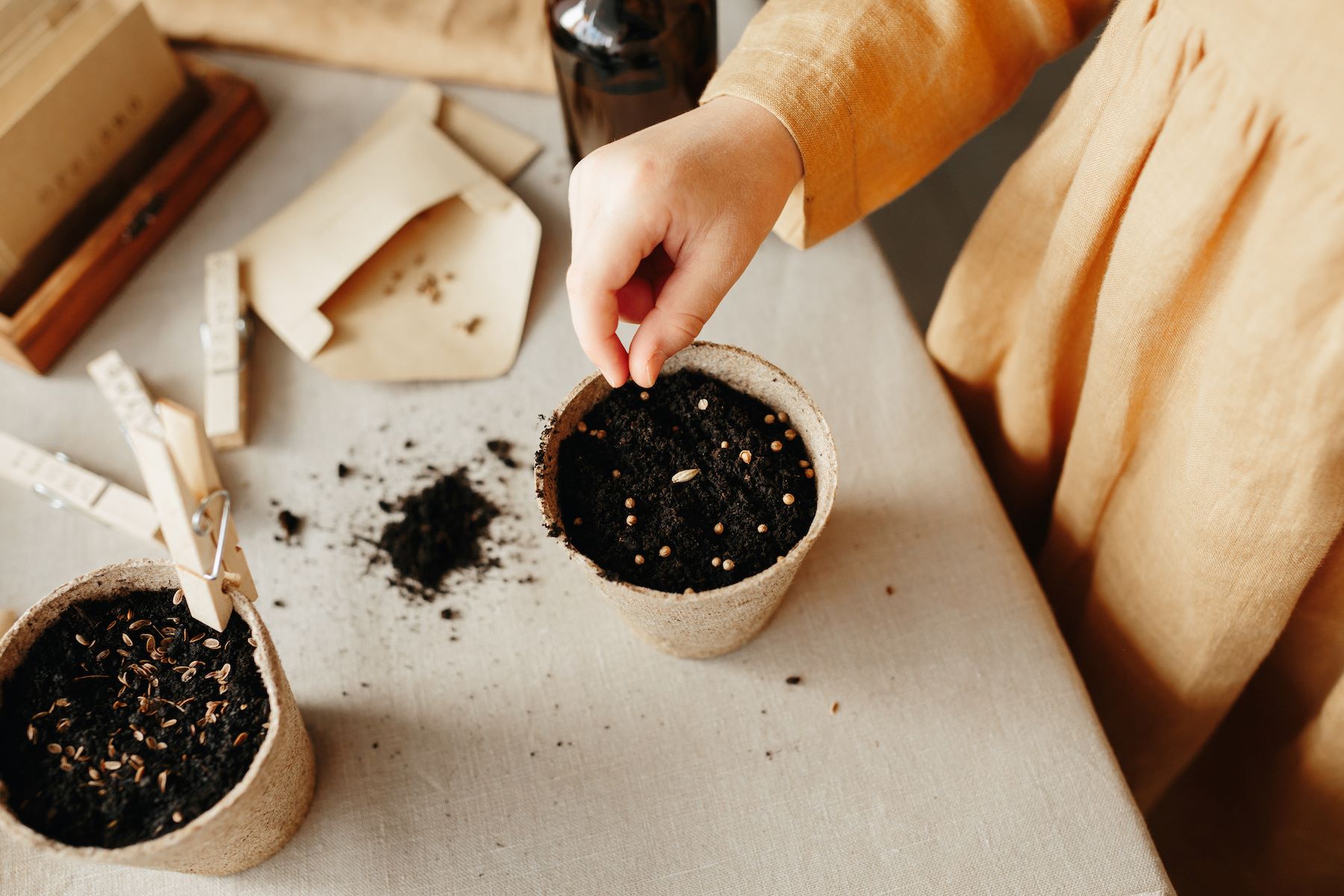

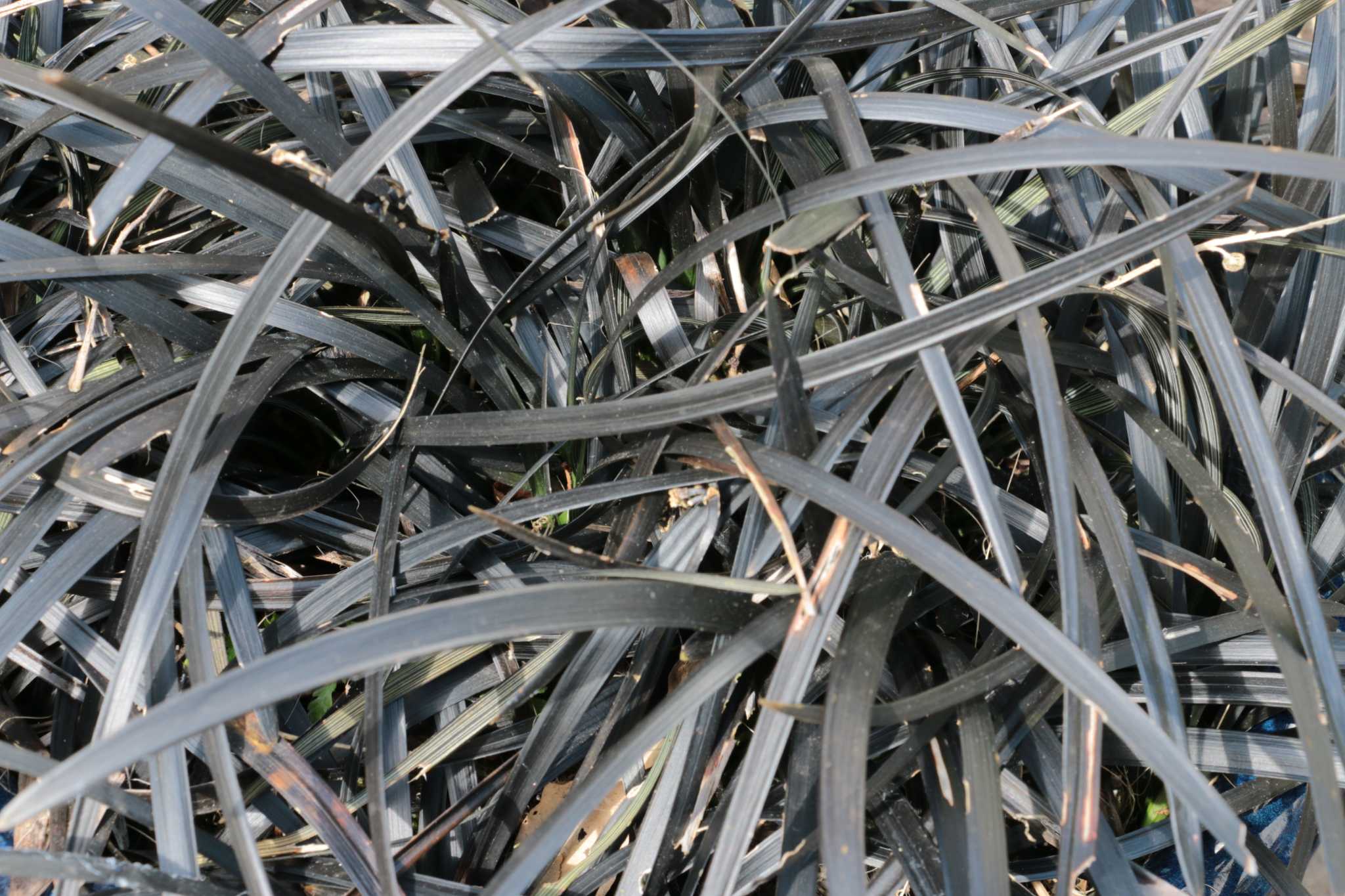
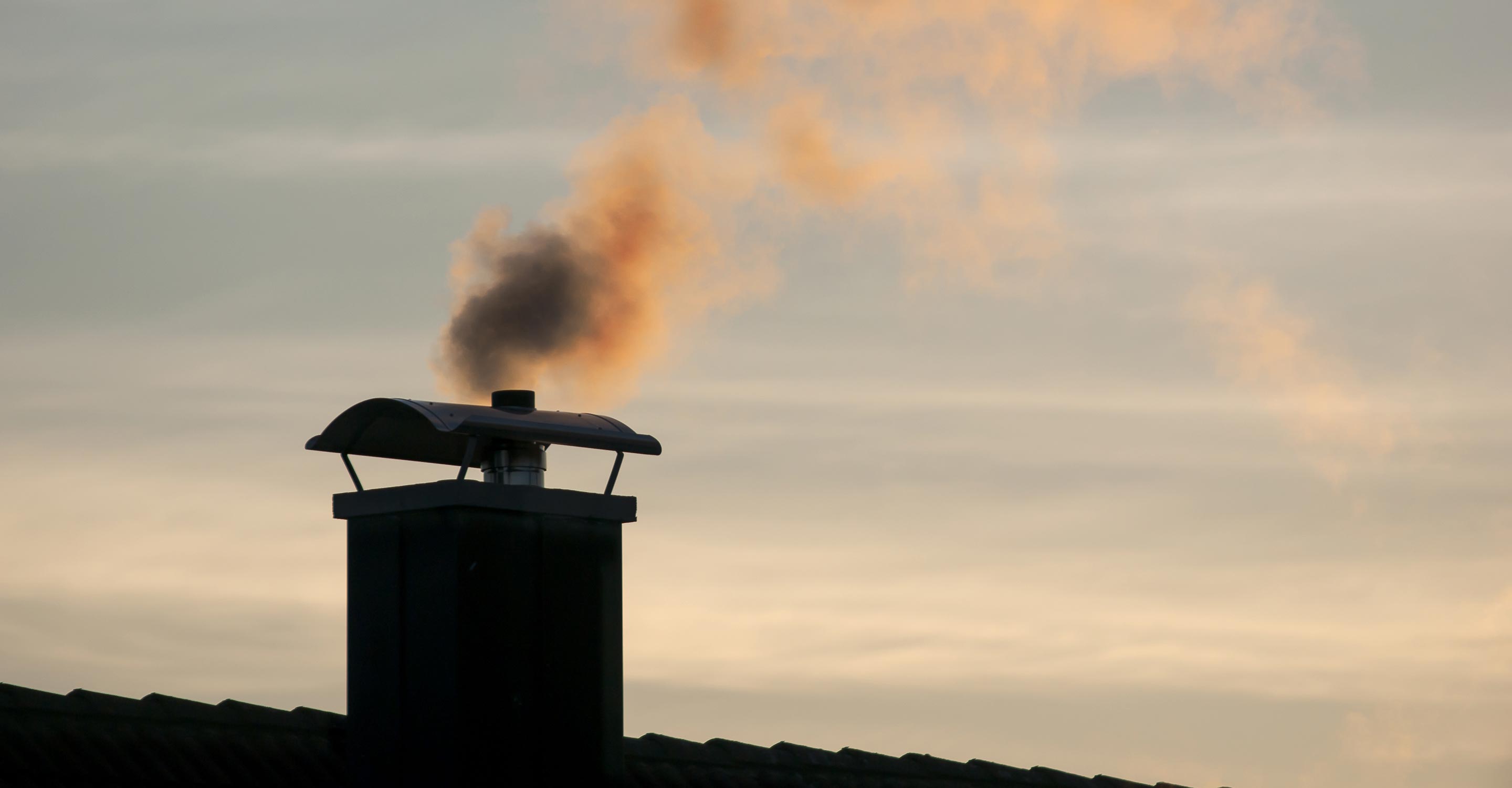
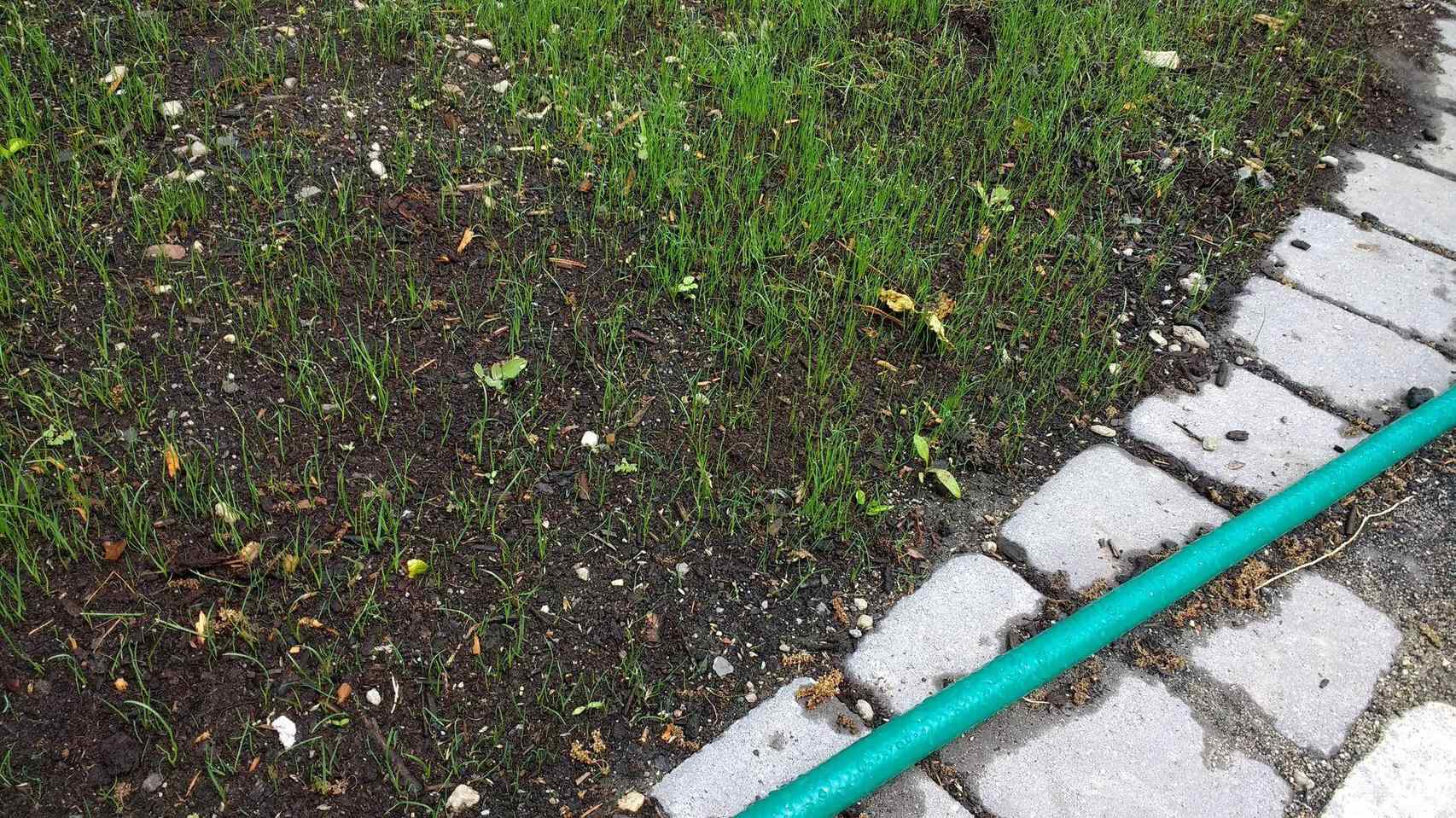
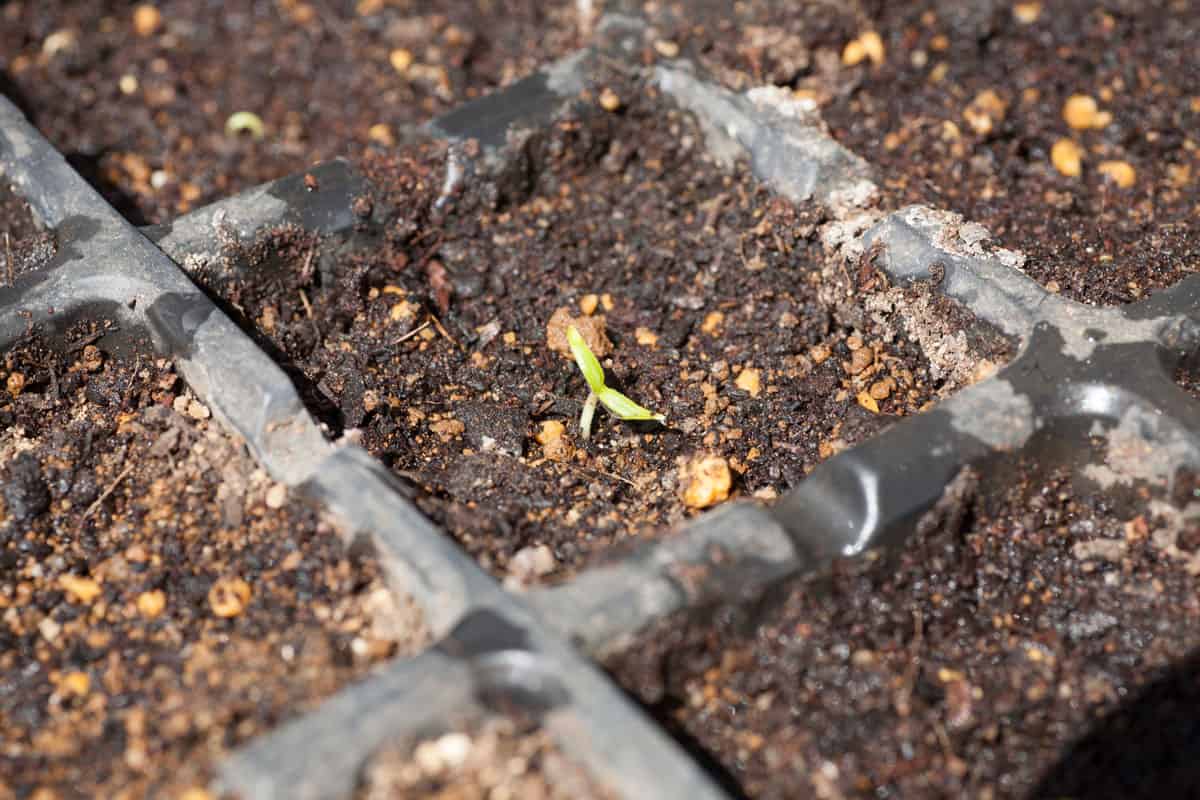
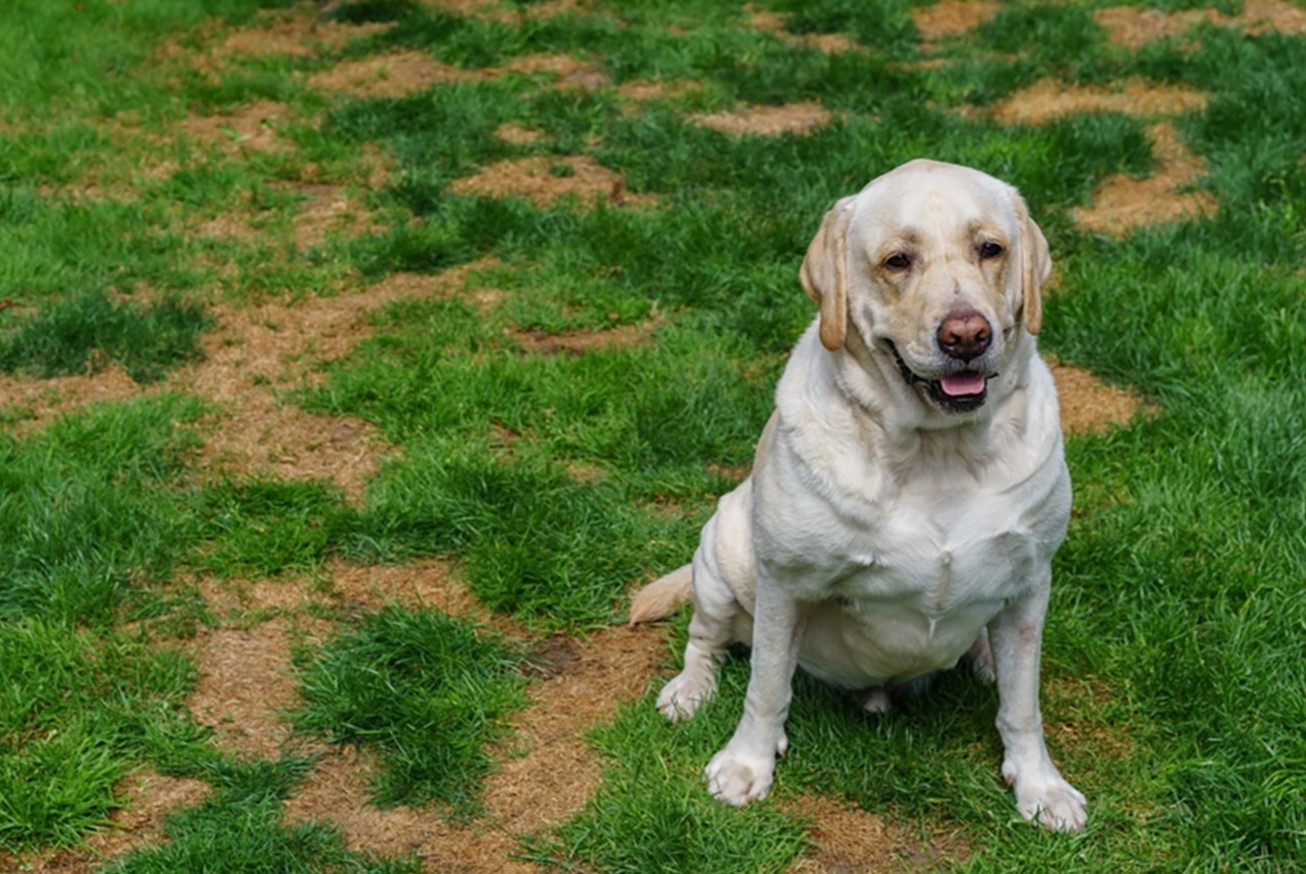
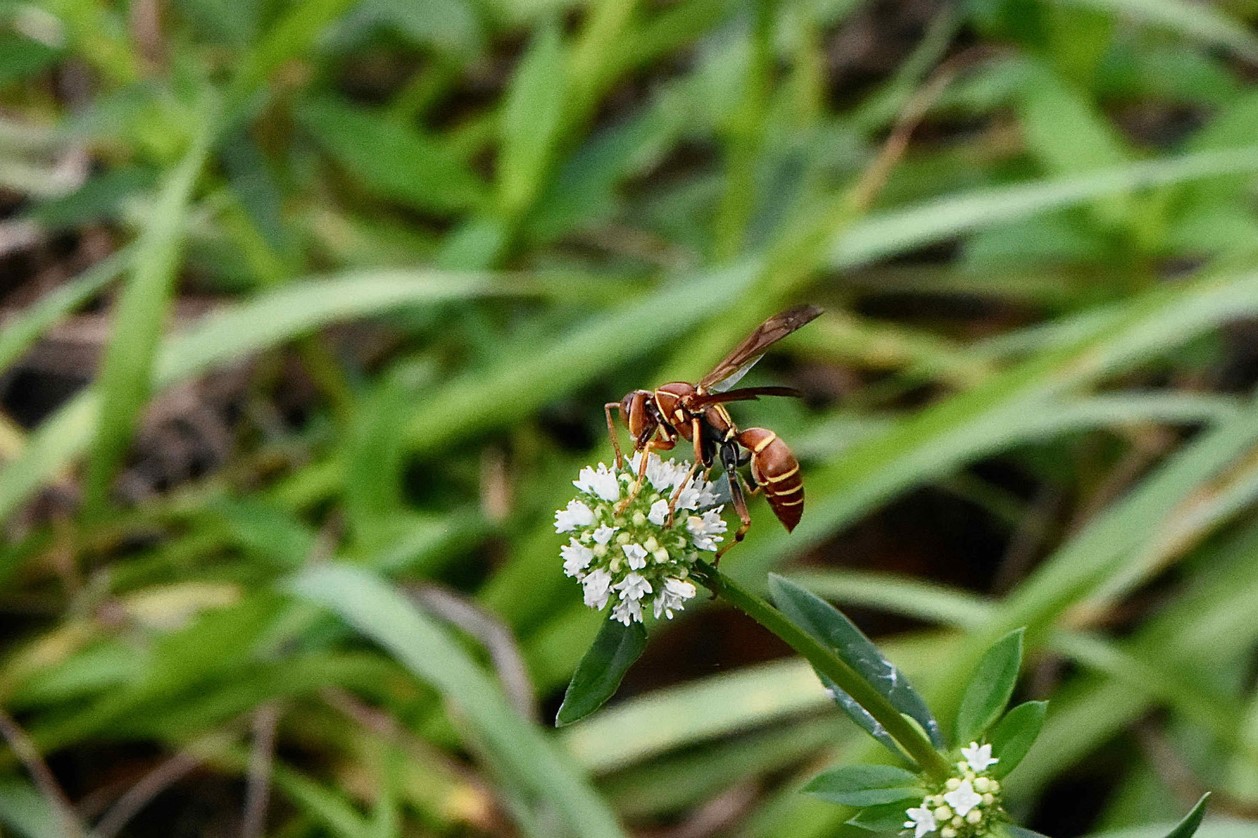
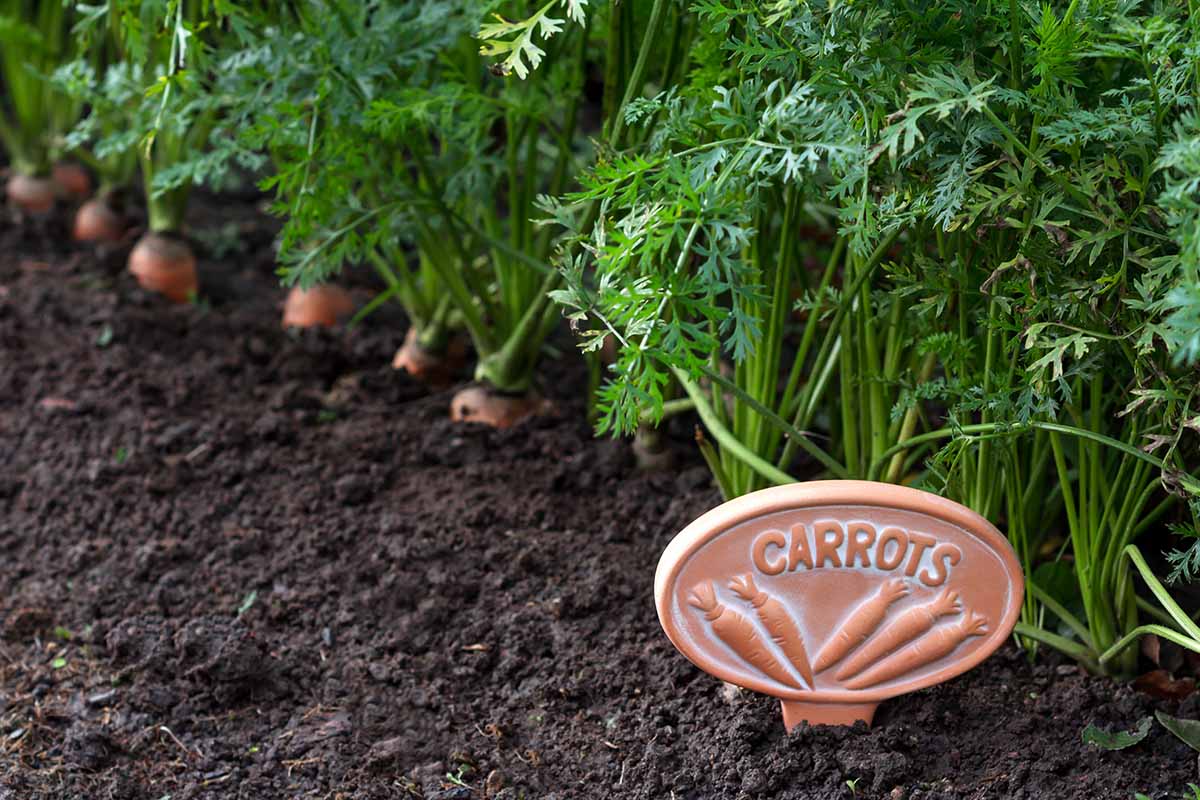
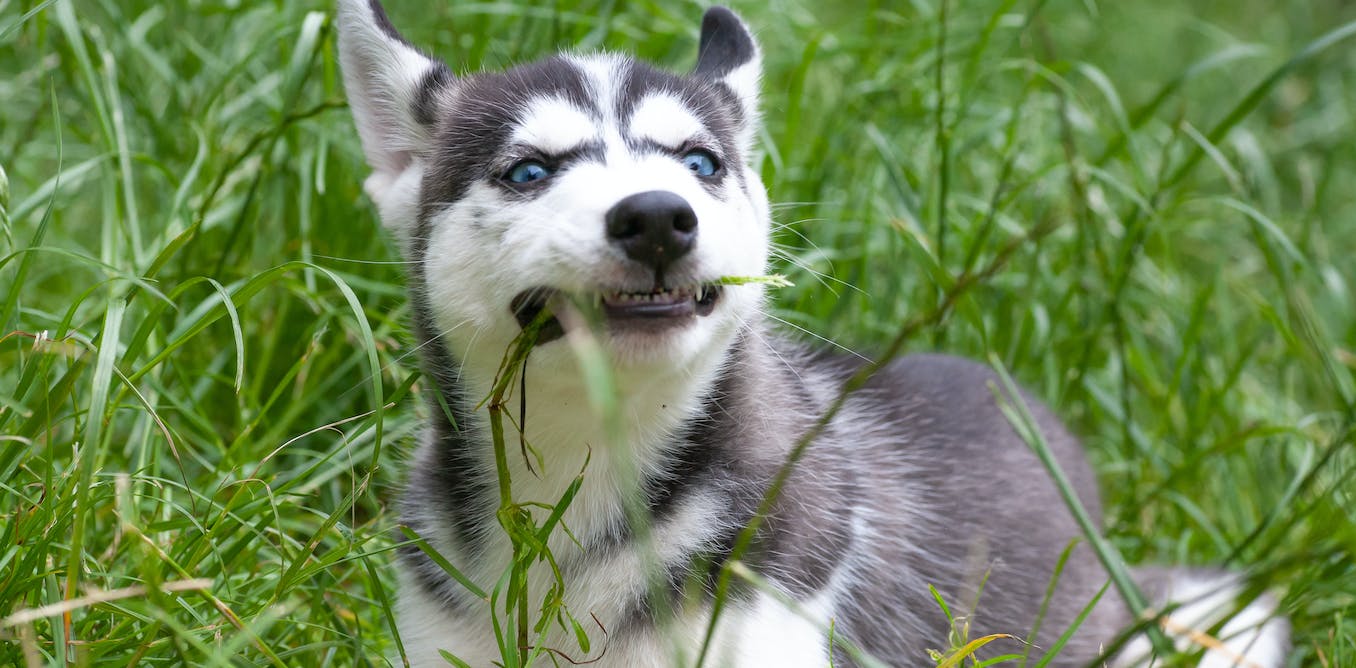
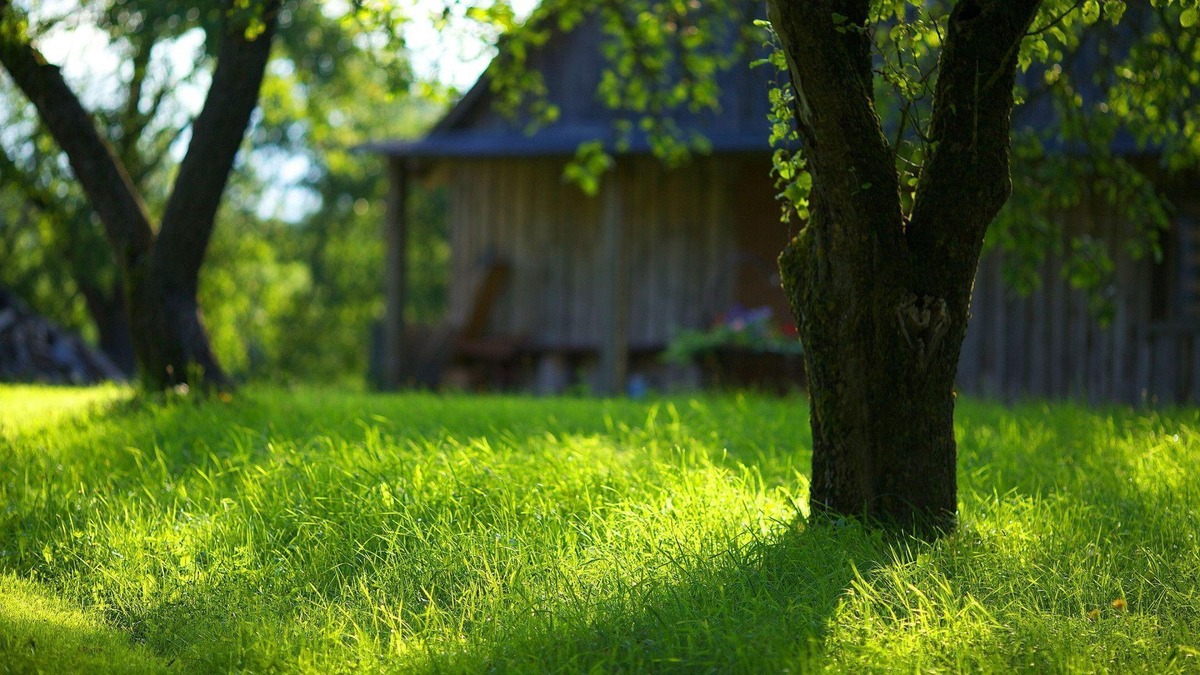
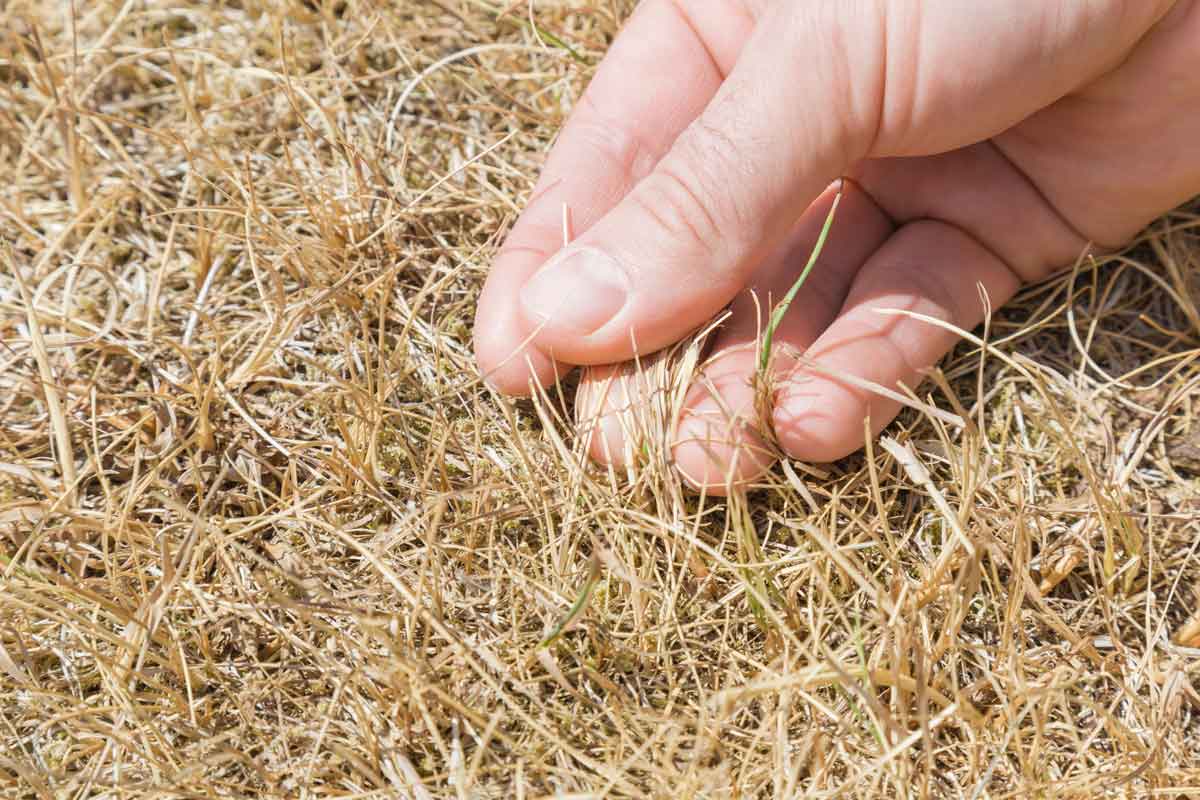
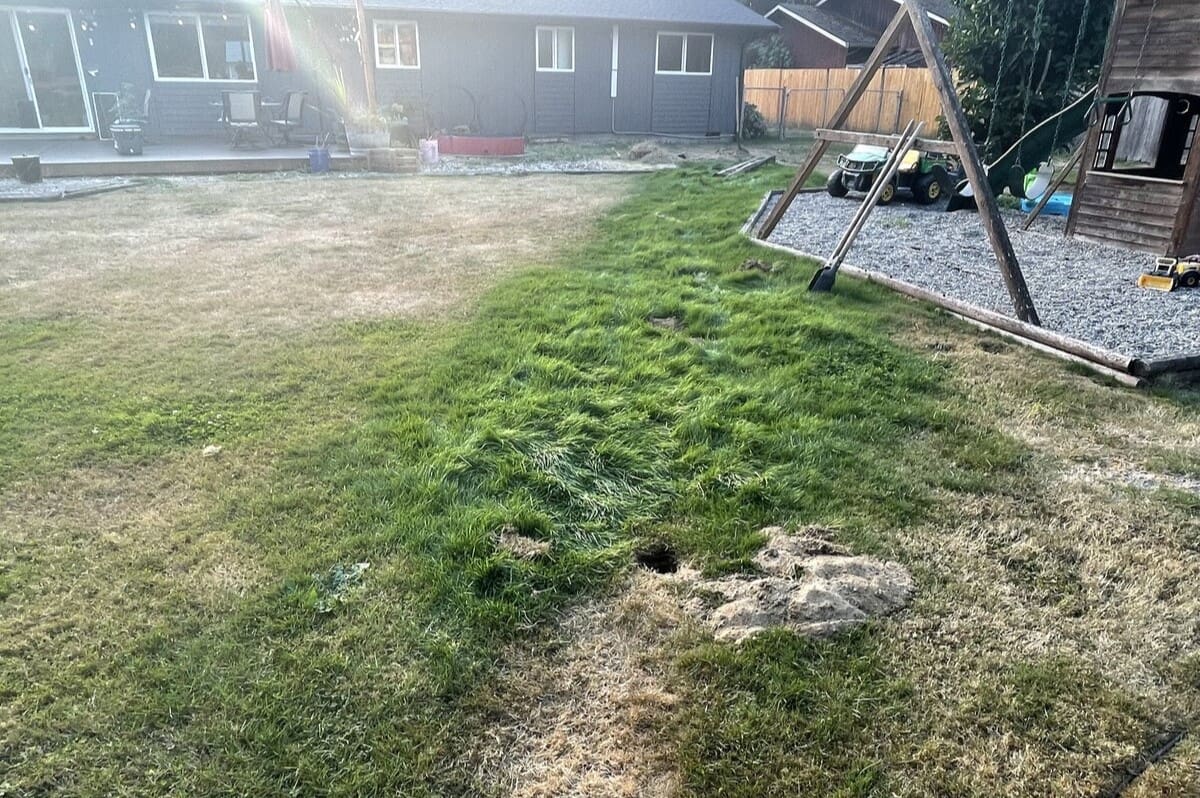
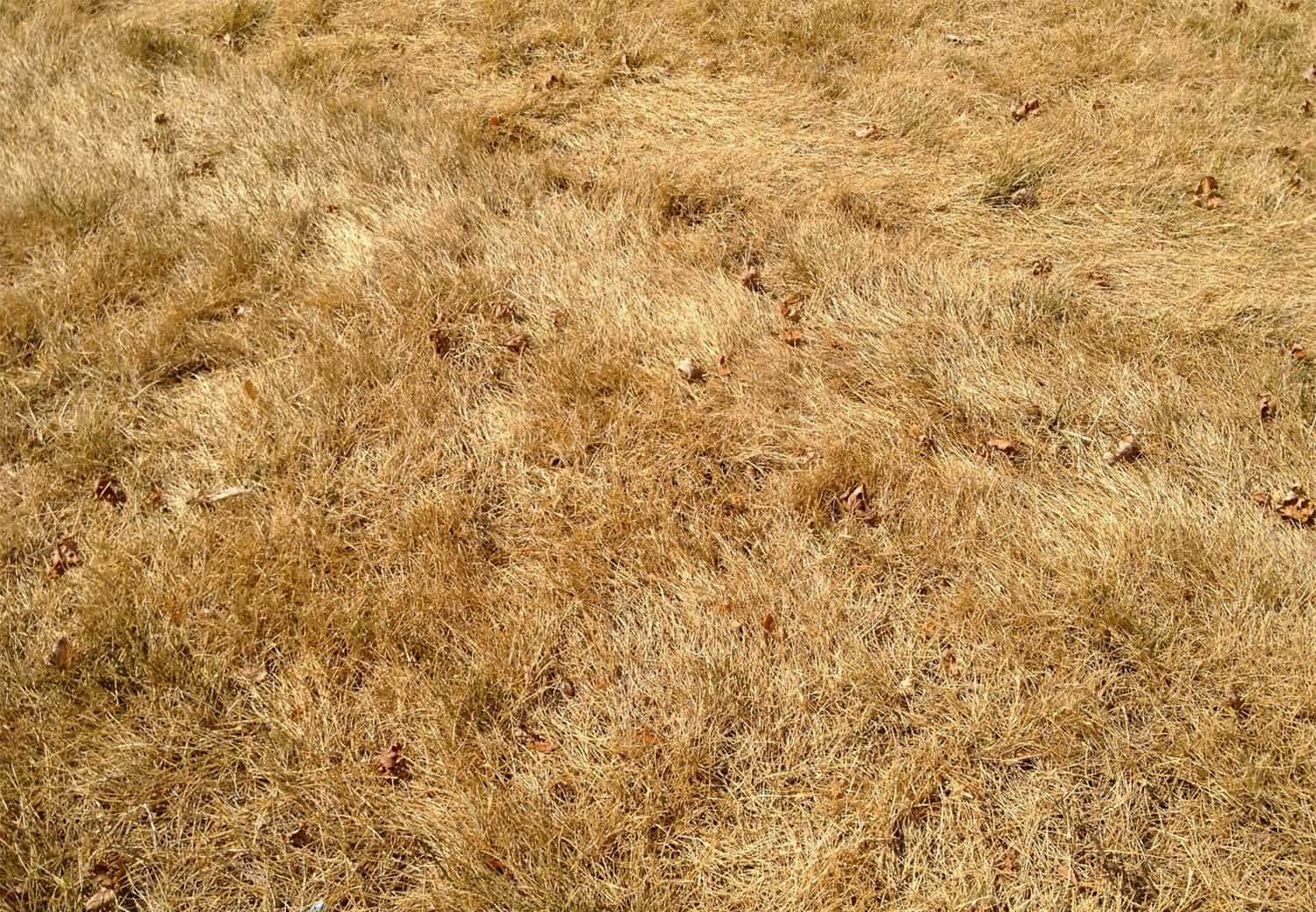

0 thoughts on “Why Is My Grass Going To Seed”